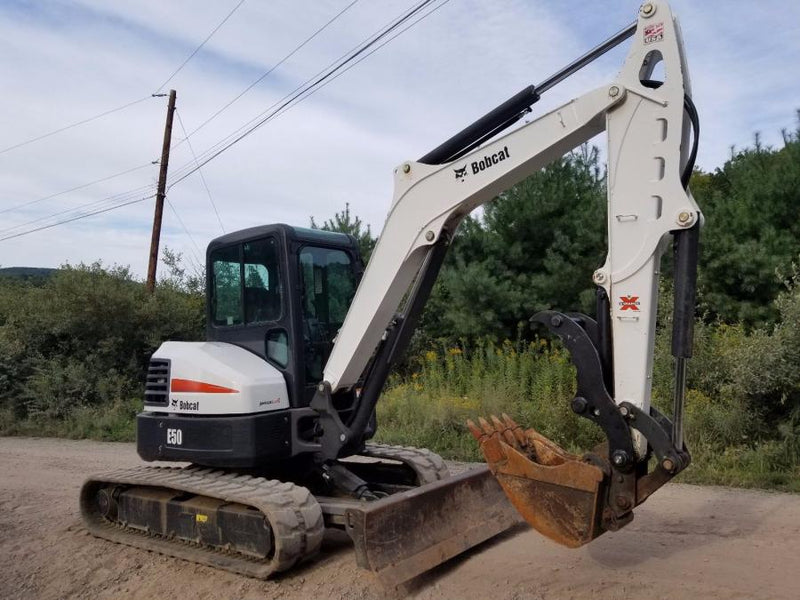yoderjac
5 year old buck +
Well, I ran into a glitch. When they took it into the shop to check it out before the sale, the monitor died. The shop is so booked up that they are going to send the machine to another location that has an opening in the shop. So, it look like it will be a few more days.


